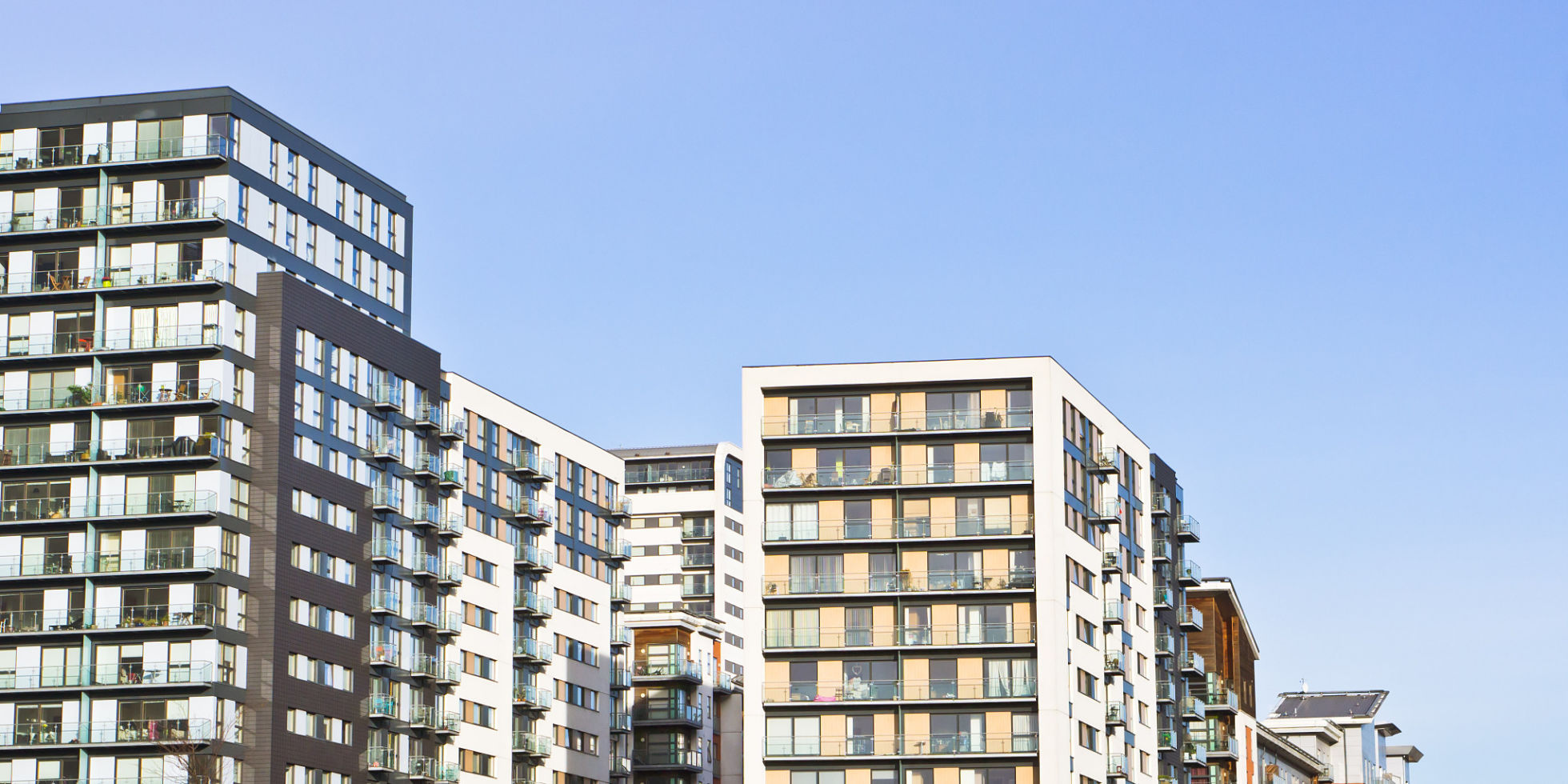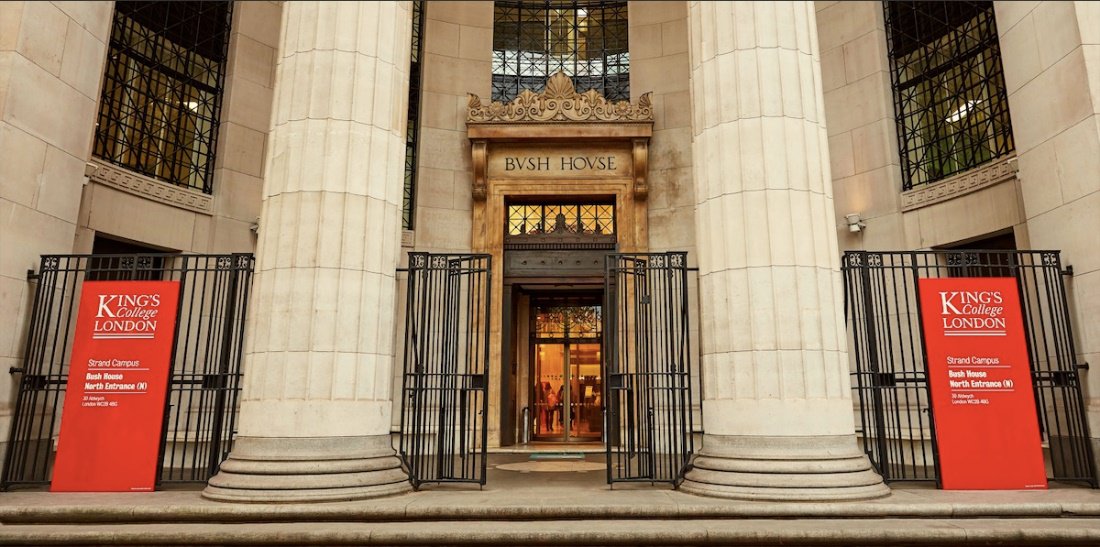Rebranding ‘social housing’

Social housing as we know it is outdated, unfit for modern needs and is in need of a transformation.
It’s been a hot topic in politics since the founder of the welfare state, Lloyd George, promised “homes fit for heroes” in 1918. It’s even played a significant part in politics with Theresa May promising to “fix the broken housing market” in a pledge to provide more council homes by giving more powers to housing associations. This is backed by a £2 billion budget allocated to increasing the housing stock with an additional 25,000 homes.
While the concept of social housing originated in the 1930s, it hadn’t evolved much into the 1970s. In fact, many became jaded by what was once considered futuristic now soured with the poor “system-built” homes and shoddy architecture. It was in the mid 70s when the housing association movement took off.
Margaret Thatcher’s dream of a “property-owning democracy” stemmed from the idea that it would give the people of Britain security and freedom, free from the grasp of local council landlords. Here, the right-to-buy was introduced where council tenants could buy their homes at reduced prices.
But as some predicted, the “right-to-buy” scheme led to a diminution of council-housing stock. Council housing estates became the “accommodation of last resort” as many on middle incomes sold up and moved out. This resulted in tenants primarily living off benefits or having substance-abuse problems.
Now, a century has passed since George’s promise of exceptional homes for ordinary folk and the social housing sector is stretched thin as the supply is low and demand is high. The G15 is an organisation of the major housing associations of the London area, collectively they manage 410,000 homes across London. Its purpose is “to solve the housing crisis by delivering good quality, affordable homes of all types”. They first appeared in the middle of the 19th century as a result of the growing middle class- with the first being the Guinness Trust and the Peabody Trust. While some housing associations have a rich history, the term ‘social housing’ might be too dirtied by its checkered past to herald in a new era of visionary solutions to the housing crisis.
the term ‘social housing’ might be too dirtied by its checkered past to herald in a new era of visionary solutions to the housing crisis
While it’s clear the future of social housing will have to deliver for high demand and achieve high standards of design, local authorities, charities and residents are uniting to solve this challenge. In 2014, Peabody established a plan to help push social housing forward- it announced a shortlist of designs from 20 young architects- a step forward from the typical blueprints by anonymous architecture firms designing standard plans “beloved of council framework agreements” that lack design potential.
Peabody hopes this move will inspire other house-builders and local authorities rethink the concept of social housing today- moving beyond low-quality semis that fail to meet the multifaceted needs of communities. Architects, such as Neave Brown, have already embarked on unique social housing designs to better suit these needs.
Brown was just named RIBA’s 2018 Royal Gold Medallist for his housing schemes in North London– notably the Alexandra Road estate’s known for its low-rise, high-density composition. This estate incorporated community facilities and was recently renovated to include a school for children with special needs. RIBA president, Ben Derbyshire praised Brown’s contribution: “His pioneering ideas firmly placed the community at the heart of each of his developments, giving residents shared gardens, their own front door, innovative flexible living spaces and private outside space for every home”.
Local authorities are thinking about their holdings in more imaginative ways, such as adjusting to high demand by building at higher densities and co-op living plans. Some suggest removing the aesthetic shortcomings of current buildings from the equation and solely focusing on the interior to be more ambitious, sustainable and economical.
Others say buildings need a complete overhaul to accommodate a heterogeneous population. Housing strategies could include multipurpose estates to incorporate not only residential but also other functions, such as employment, care and other services and amenities.
Another opinion is that the sector can be improved by branding, made more professional and institutional, similar to what Unite Group’s done to student accommodation and Regus and WeWork have done to serviced and shared office spaces.
Overall, new designs will be woven into the societal fabric of the city and country and should be designed to carry out multiple functions for different people to survive well into the future.
Now the time to rebrand the term ‘social housing’ to help wipe the slate clean and encourage visionary design.





